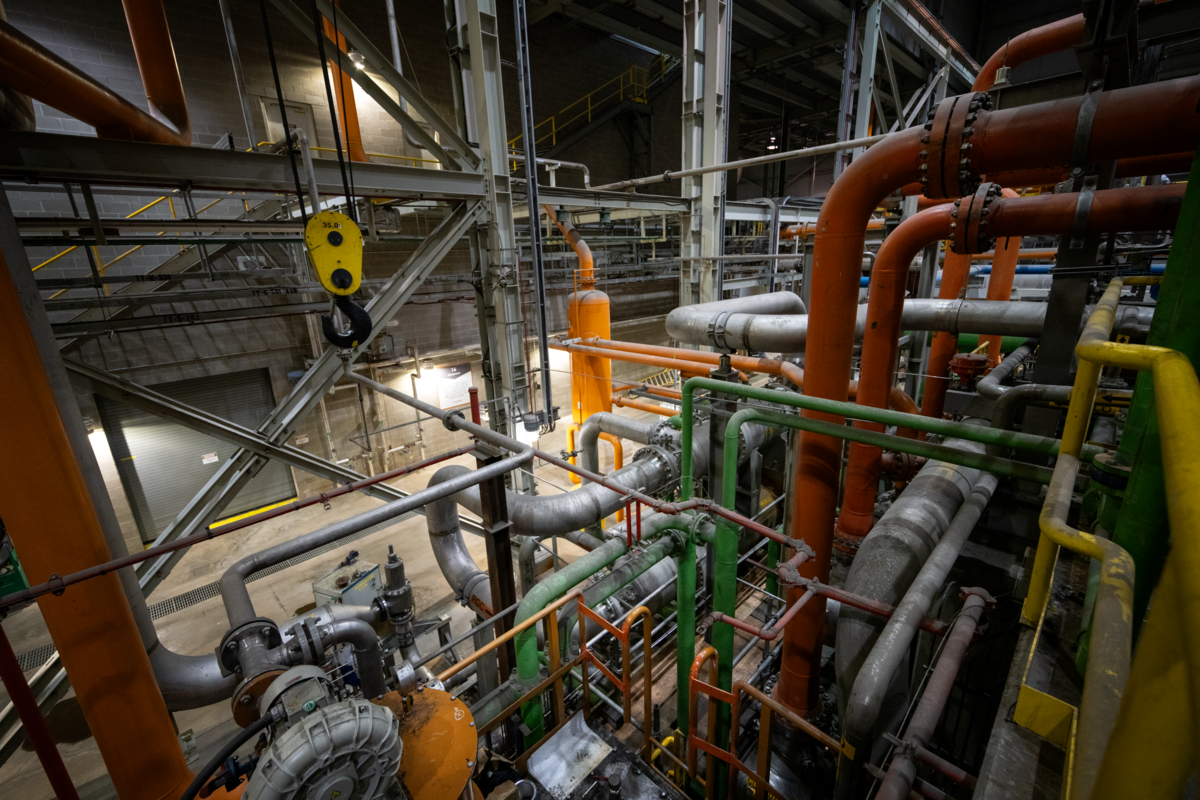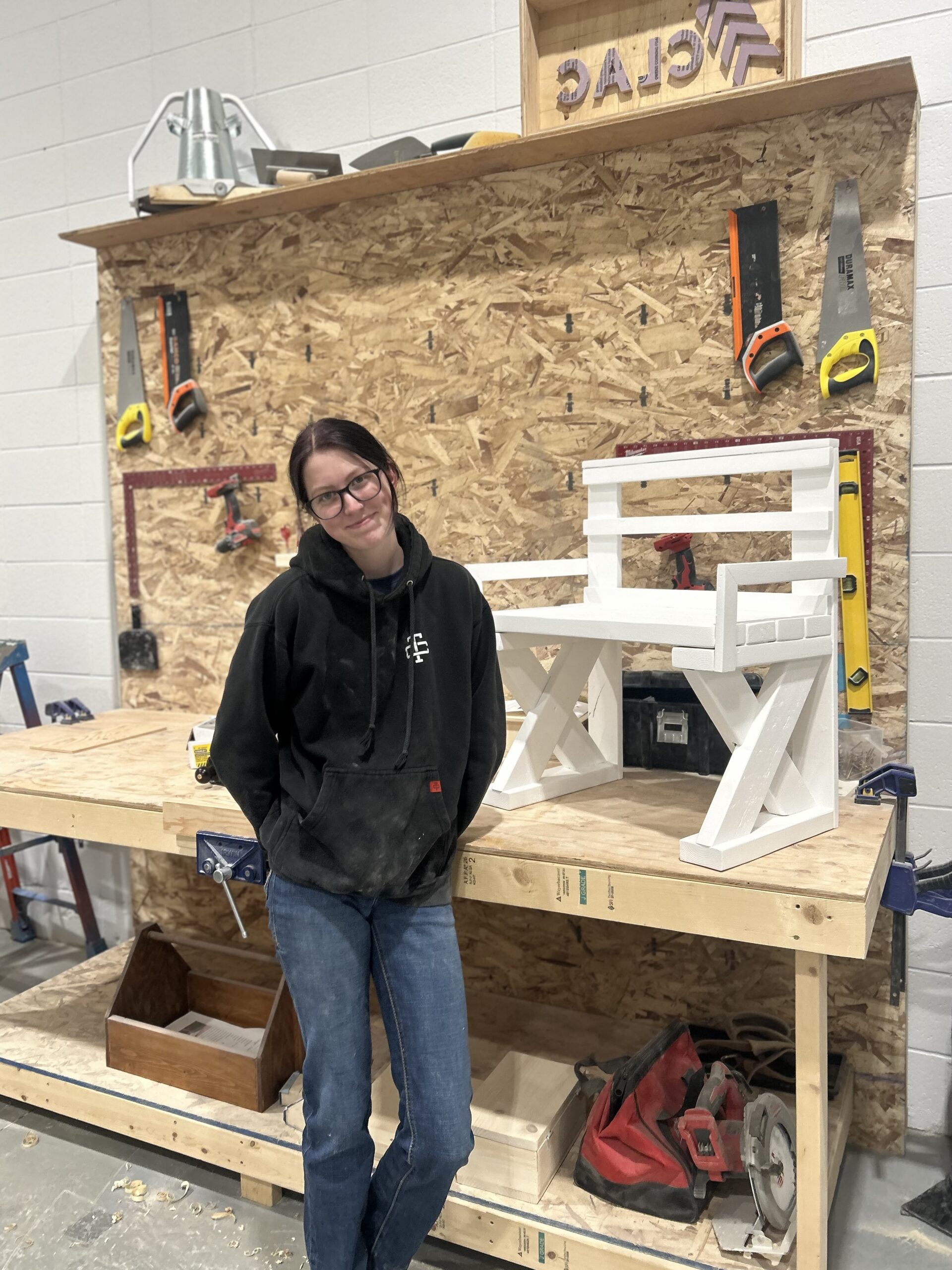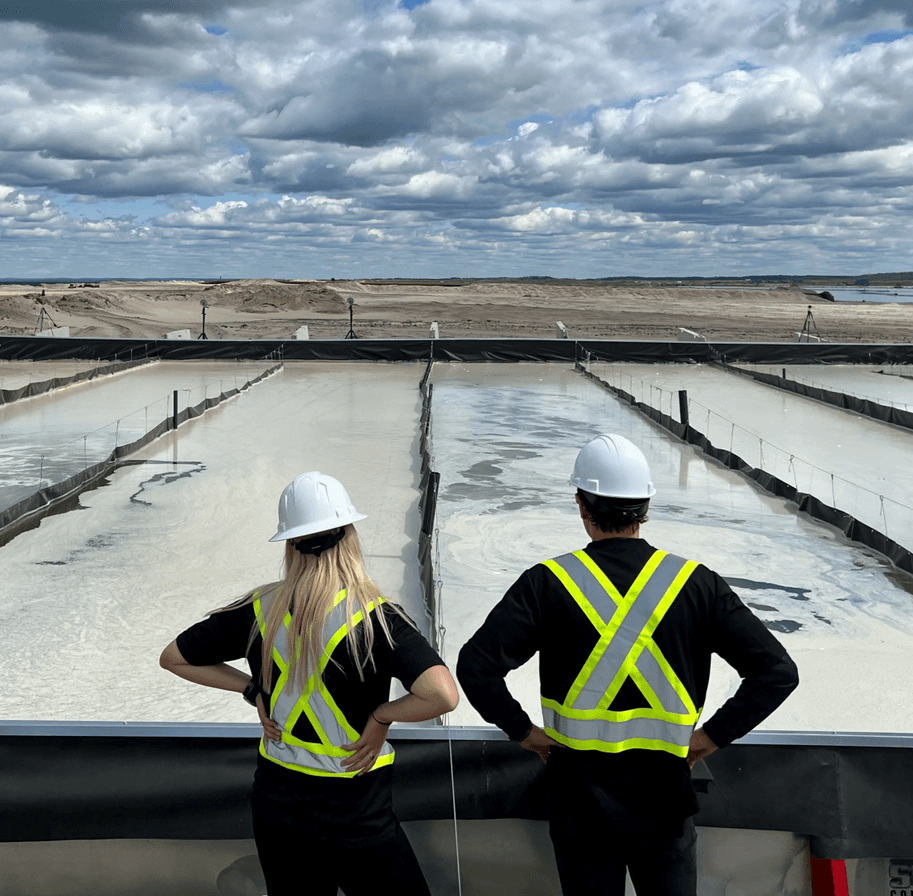Public-private partnerships see carbon capture projects surge around the globe – report
November 27, 2024

Carbon capture and storage (CCS) will double its worldwide capacity as projects have surged globally due to increased partnerships between governments and the private sector.
The rapid growth was highlighted in the annual report of the Global CCS Institute, an international think tank that tracks CCS projects around the world.
The report, released in October, disclosed 50 CCS projects now operate worldwide with the capacity to capture 51 million tonnes per annum (Mtpa) of CO₂. This capacity will double to 102 Mtpa when the 44 projects currently under construction become operational.
Institute CEO Jarad Daniels credits increased cooperation between governments and the private sector for fuelling the growth in CCS infrastructure.
“Collaboration is now essential to drive industry growth and commercial deployment,” said Daniels at the report’s launch on October 15. “There also are many strong examples of public-private partnerships emerging in all jurisdictions.”
Some partnerships highlighted by the report include:
- The British government announced it will provide up to £21.7 billion in funding to subsidize CCS projects in northern England that will capture up to 8.5 Mtpa and store offshore in Liverpool Bay and the North Sea starting in 2028
- The Norwegian government provided 80 per cent of the €1.78 billion capital needed for the Longship CCS Project, a cross-border open access CO₂ transport and storage project. Longships’ first customer, Yara, will receive a €30 million subsidy to make the CCS investment in its Netherlands ammonia plant.
- Equinor, Shell and Total are collaborating with the Norwegian government on the development of the Northern Lights project, which will capture 0.8 Mpta of CO2 from cement and waste-to-energy plants near Oslo,transporting it to a sequestration hub for safe underground storage. The government is funding €880 million of the project’s €1.2 billion capital costs and 100 per cent of the first 10 years of operating costs.
- Both the Dutch government and the European Union provided funding for the Porthos CCS project, which will capture 2.5 Mtpa CO₂ in Rotterdam and store it in empty gas fields 20 kilometres off the coast in the North Sea. The EU provided €102 million in funding towards it while the Dutch government granted €2 billion for a consortium of Royal Dutch Shell, ExxonMobil, Air Liquids and Air Products to build CCS facilities for the factories and refineries in the Rotterdam port area.
James Fann, president and CEO of the International CCS Knowledge Centre, sees the technology has gained acceptance as it’s an important tool for Canada to reach its climate goals.
“If we are going to achieve our goals in terms of taking CO₂ out of the atmosphere, we will need all the tools available to do that, and CCS is a proven technology that has been operating in Canada for over a decade,” says Fann, who spent 20 years in the energy industry before joining the Regina-based centre, a non-profit organization founded in 2016 to advance large-scale CCS projects.
Canada has some key advantages that provide it the opportunity to be leadership position in the industry, Fann says
“Western Canada’s geology is favourable for storage and near emitting sources, something not every other country has. Some of the storage projects in Europe are going offshore at a significantly higher cost than what we would have in Western Canada. We also have a lot of technical experts in the industry with key skill sets, as well as concentrated clusters of industrial emitters that create efficiencies when capturing emissions. And we have companies used to building megaprojects,” Fann says. “We have demonstrated it by capturing and safely storing cumulatively more than 40 million tonnes of CO₂. We also have well developed land rights, particularly in western Canada, and well as an established price on carbon.”
Both Ottawa and provincial governments have provided an array of incentives to fund CCS projects through agencies, such as the Canada Growth Fund and Emissions Reduction Alberta. Fann sees government support as a crucial part for CCS to continue to grow.
“Distribution of risk is very important and you see governments in other parts of the world addressing that. These are large projects where you are putting billions of dollars of metal into the ground and companies need the right risk threshold,” he says.
But Fann sees parallels between CCS and unconventional energy plays, such as in situ oil sands.
“I started my career in the oil sands in 2001 and during the early days of these projects, bitumen prices were uncertain, making it difficult to implement a new technology and to develop new projects. Over the years, technology cost structures and pricing has improved, enabling large scale development of all the future phases where cost structures are globally competitive,” he says. “I see the same opportunity for CCS, where the next generation of highly capable young people are going to innovate and find a way to build out this sector by continuing to improve on the first generation of projects. Canada does not want to miss out on the opportunity to continue our leadership as worldwide deployment of projects continue.”
The Pathways Alliance has proposed a CCS network in northeastern Alberta that is currently in development. When operational, the network will transport captured CO₂ from multiple oil sands facilities to a hub in the Cold Lake area for permanent underground storage. The line could be made available to other oil producers and industries in the region interested in CO₂ emissions sequestration. Completion of this proposed CCS network is subject to the Pathways Alliance receiving sufficient government fiscal support and obtaining necessary regulatory approvals.


